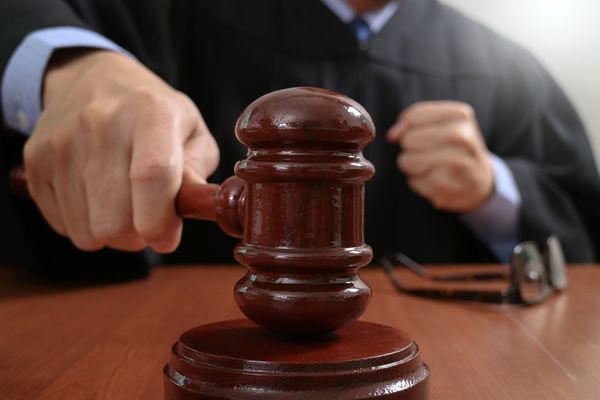1.2.3
Nature of Government
Government and Administration
Government and Administration
Despite the image of a strong and stable government, Nazi bureaucracy was chaotic and haphazard.


Hitler's involvement in government
Hitler's involvement in government
- Despite Hitler's image of being a strong and charismatic leader, he was actually quite lazy and did not involve himself in the day to day running of the Nazi State. This is what Kershaw called the 'Hitler Myth'.
- Hitler's unusual habits (getting up late and staying up late) made governance difficult.
- Hitler's absence in the day-to-day bureaucracy led his ministers to start "working towards the führer". This meant that they tried to anticipate what Hitler would want.


Administration
Administration
- The Nazis inherited an effective bureaucratic system from the Weimar Republic. Most civil servants and judges remained in their positions, taking oaths of loyalty to the Nazi regime.
- However, Nazi organisations also began to assume state responsibilities. With no clear remit, this caused overlap and conflict between the Nazi institutions and the existing state institutions.
- The Reich chancellory struggled to control the growing organisations.


Judiciary system
Judiciary system
- New People’s Courts and Special Courts were created in March 1933.
- This allowed the Nazis to circumvent the law.


SS
SS
- The SS was originally an instrument of the Nazi party.
- However, under Himmler, the SS began to act in alongside (and also encroaching) the state police.


The civil service
The civil service
- On 7 April 1933 the Law for the Official Reform of the Civil Service was passed. ‘Alien elements’ (Jews, political opponents) were removed from courts, education and the civil service.
- The existing civil service stayed in place but lost influence as the NSDAP increasingly set up its own specialist agencies to develop and execute policies.


Strengthening party bureaucracy
Strengthening party bureaucracy
- The skills to attract voters and to effectively run a government were different. Thus, between 1933 and 1939 the Nazis tried to develop their bureaucracy.
- This was largely driven by Rudolf Hess (Hitler's deputy) and Martin Bormann (Hess' chief of staff).
- E.g. From 1938 all civil servants were required to be members of the Nazi party.
- The Department for Affairs of State was established to help the NSDAP supersede the state.
1Political & Governmental Change, 1918-1989
1.1Creation & Collapse of Weimar, 1918-1932
1.2Nazi Dictatorship, 1933-1945
1.3Return to Democratic Government, 1945-1989
2Opposition, Control & Consent 1918-1989
2.1Opposition to Government, 1918-1989
2.2Controlling the People, 1918-1989
3Economic Developments & Policies, 1918-1989
3.1Reacting to Economic Challenges, 1918-1932
3.2Controlling the Economy, 1933-1945
3.3Creating the Social Market Economy, 1945-1989
4Aspects of Life, 1918-1989
4.1Attitudes Towards Women, 1918-1989
4.2Education & Cultural Developments, 1918-1989
5Historical Interpretations
5.1Influence of German History
5.2Hitler & Foreign Policy
5.3Contribution of Other Nations to WW2
5.4Reasons for Invading Poland
Jump to other topics
1Political & Governmental Change, 1918-1989
1.1Creation & Collapse of Weimar, 1918-1932
1.2Nazi Dictatorship, 1933-1945
1.3Return to Democratic Government, 1945-1989
2Opposition, Control & Consent 1918-1989
2.1Opposition to Government, 1918-1989
2.2Controlling the People, 1918-1989
3Economic Developments & Policies, 1918-1989
3.1Reacting to Economic Challenges, 1918-1932
3.2Controlling the Economy, 1933-1945
3.3Creating the Social Market Economy, 1945-1989
4Aspects of Life, 1918-1989
4.1Attitudes Towards Women, 1918-1989
4.2Education & Cultural Developments, 1918-1989
5Historical Interpretations
5.1Influence of German History
5.2Hitler & Foreign Policy
5.3Contribution of Other Nations to WW2
5.4Reasons for Invading Poland
Unlock your full potential with Seneca Premium
Unlimited access to 10,000+ open-ended exam questions
Mini-mock exams based on your study history
Unlock 800+ premium courses & e-books